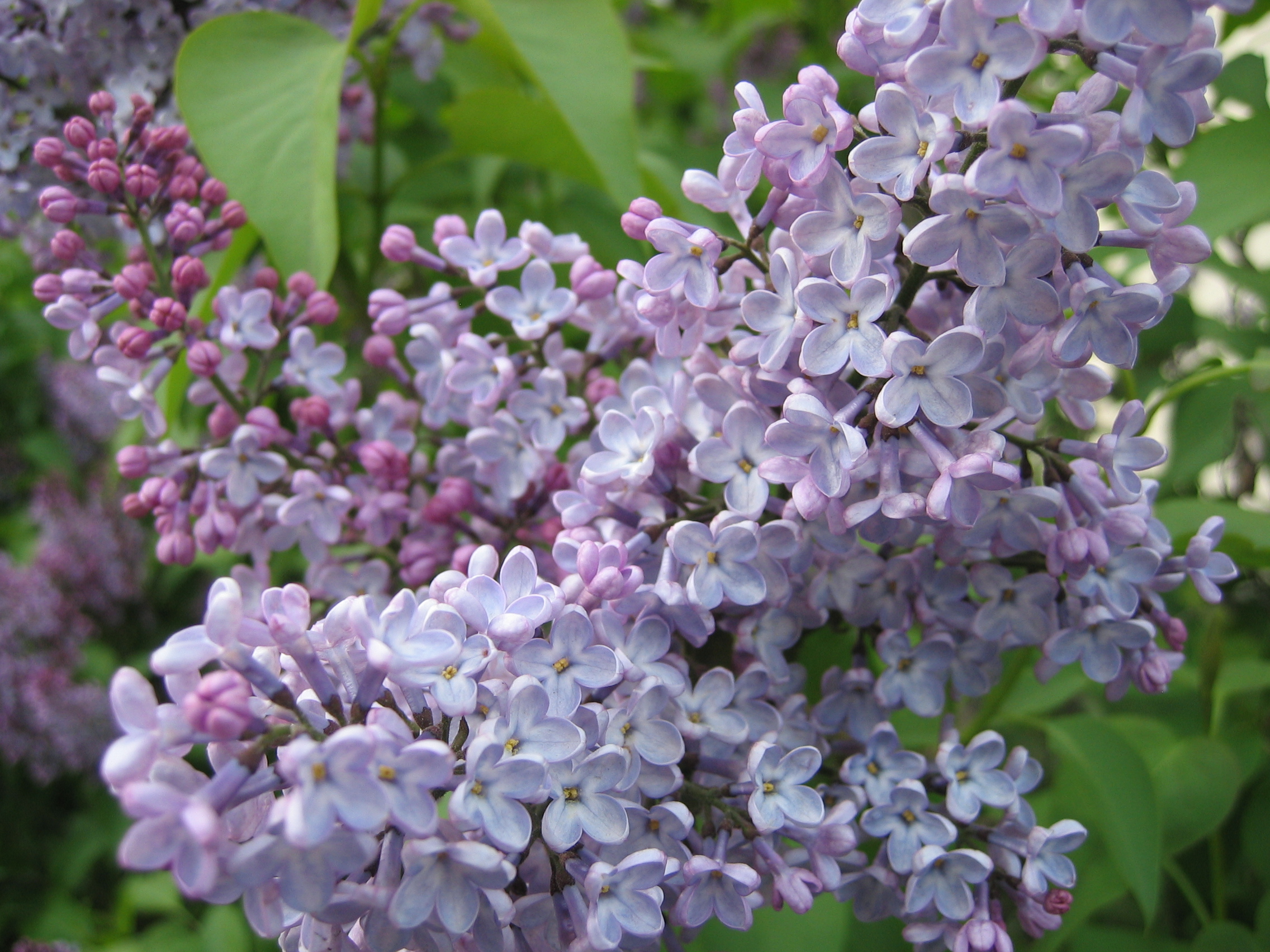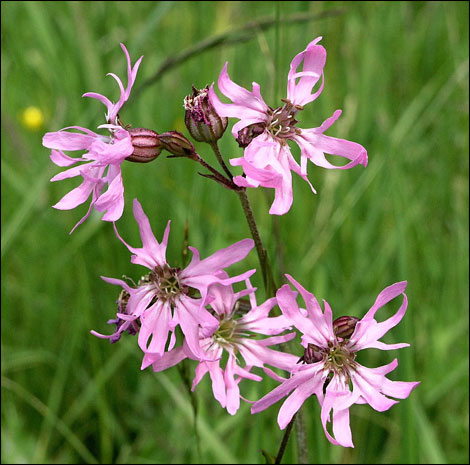Can't find it online.
By the middle of the first strophe, I want to punch the Poem Lady directly in the face. Witness:
She is too weak to walk herself; she comes swooningfrom a room thick with the scent of sinister blooms:hellbores, opium poppies, lilac, pallid orchids.
And:
She writes of her weakness, of her wombwhich is connected to the moon by silvery strands,and her sacred suffering self, her sensitivity,her swollen heart, which bleats like a sacrificial lamb.
Barf. (This is not a complaint about the poem; just a complaint about the character of the Poem Lady, whom I'm pretty clearly meant to dislike anyhow.)
There's lots of interesting flower symbolism. (I'm going to do the photo trick again, because I find that it really helps to know what the flowers in poems look like.) So first, flowers that the Poem Lady likes.
Here's hellbore.
 According to Wikipedia, there's a legend claiming that hellbore "sprouted in the snow from the tears of a young girl who had no gift to give the Christ child in Bethlehem." This seems completely in keeping with the Poem Lady's character.
According to Wikipedia, there's a legend claiming that hellbore "sprouted in the snow from the tears of a young girl who had no gift to give the Christ child in Bethlehem." This seems completely in keeping with the Poem Lady's character.Opium poppies, of course, are what you use to drug yourself with. Here is a pretty red one.
 I am not sure whether a "pallid orchid" is just an orchid that is pallid, or whether it's the common name of something. (Google suggests the former.) Orchids are delicate, temperamental cultivars, much like the Poem Lady. Here's a Cattleya cultivar. (At my house, I have a Dendrobium hybrid, exact type unknown, which I have managed not to kill for three years. I think it is hardier than the Poem Lady.)
I am not sure whether a "pallid orchid" is just an orchid that is pallid, or whether it's the common name of something. (Google suggests the former.) Orchids are delicate, temperamental cultivars, much like the Poem Lady. Here's a Cattleya cultivar. (At my house, I have a Dendrobium hybrid, exact type unknown, which I have managed not to kill for three years. I think it is hardier than the Poem Lady.)Our narrator brings the Poem Lady "a bouquet of peasant flowers", but "they [turn her] away with curled lips and curses". What's in the bouqet?
First, there's Piss-a-Bed, which I recognise from Griffiths' other poems as a rustic name for dandelion!


Then, there's Ragged Robin, a marshy plant originally native to England.

And finally, there's corncockle.

The Poem Lady writes "fragrant words", such as:
amaranth, muscatel, damascene, vermillion, amberAmaranth is a useful herb; probably the poem lady is thinking of it in its capacity as an ornamental plant. (You can also eat it, though: yum.) Muscatel is a tasty, fragrant grape. Damascene can be steel, but I think it's more likely that the Poem Lady is thinking of the kind that is silk. Vermillion and amber are colors (a red and a yellow, respectively) named after minerals. All very sensuous words.
Although I love reading about the poem lady and her ridiculous delicacy, and her ornate words, I'm a bit disappointed by the ending of this one. What Griffiths says at the end is already amply clear from the earlier bits of the poem.
O Poem Lady, may we be forgiven if we hymn lifeinstead of celebrating the sickroom. O, help usto wallow in unease and depression and shadowsas we should. For ever and ever, lest poetry die.
I was hoping to see her take it in a new direction, and add some depth to the narrator's alternative to the Poem Lady. I thought the bouquet of peasant flowers a much stronger positive image than the ending, and wished she had built up that aspect of the poem a little bit more.

The gist of the ending seems to be that we need a good store of angsty, depression addled unwellness to keep poetry alive. Ack. Makes me think Leonard Cohen, who I do like in small doses, because of course, he admits to being often depression addled, and can be depressing if you gorge on him. There was a fashion of being over the top, rather cheese slathered and flowers, don't get me started on writing about flowers. They are still so often used even in modern poetry, take Dean Young who still uses them, albeit sparingly. There was some gag-worthyness, but its also interesting to see the fashion of the day in terms of writing. ANd she's writing in english I can understand this time. Your flower pics are lovely, and your research on them interesting.
ReplyDeleteHmm, the ending wasn't as clear as I thought it was. I figured that the Poem Lady was pretty full of angsty depression-addled unwellness, and what we ought to do was "wallow" in life rather than "faint". But you're right; she says the thing that we ought to wallow in is "unease and depression and shadows", which doesn't sound that different to what the poem lady is doing. I wonder if she was thinking about Philip Larkin when she wrote those lines? (She was reportedly a big fan, and has a funny poem elsewhere in the book that starts off "How pleasant to know Mr. Larkin.") Larkin is pretty angsty, but not in a Poem Lady kind of way. I think Cohen is much closer to Larkin than to the Poem Lady too.
ReplyDeleteI quite like writing about flowers. (D.H. Lawrence does particularly lovely things with them.) One sad thing about city life is that it seems to make us not as good at identifying different kinds of flowers; it's easier to elide them into the generic "flower" instead of "primrose" and "lilac" and "apple blossom" and "amaranth" and all the rest. (A similar point holds for birds; a plain bird is not much compared to a kite or a killdeer or a king parrot.) I was thinking on my hike the other day that I really should learn more about local plants and animals. The small amount I already know seems to be good for my poems, and I have a huge amount of room for improvement.
Though flowers have mostly been done to death, and need to be handled w/ care when they are done in modern poetry, much as the sun, moon and shards, one of my all time favourite poems is all about flowers. Well, not really, its all about sex, but flowers are the metaphor for everything about it, WCW's, Queen Anne's Lace. I loved it so much I did a Voyages on it http://www.everypoet.org/pffa/showthread.php?t=73580
ReplyDeleteJeanne, that is a lovely poem. I especially like "the wild carrot taking/ the field by force", because it uses an unusual common name for the flower, and it makes the lover powerful. I also like the way the little purple dot in the centre seems to be standing in for both aureolae and bruises.
ReplyDeleteI think my favourite flower poem is D.H. Lawrence's "Bavarian Gentians". (Incidentally, that copy comes from a blog that seems to have a purpose to this one.) I think the repetition of "dark", "blue", and "torch" always puts me into a little bit of a trance.